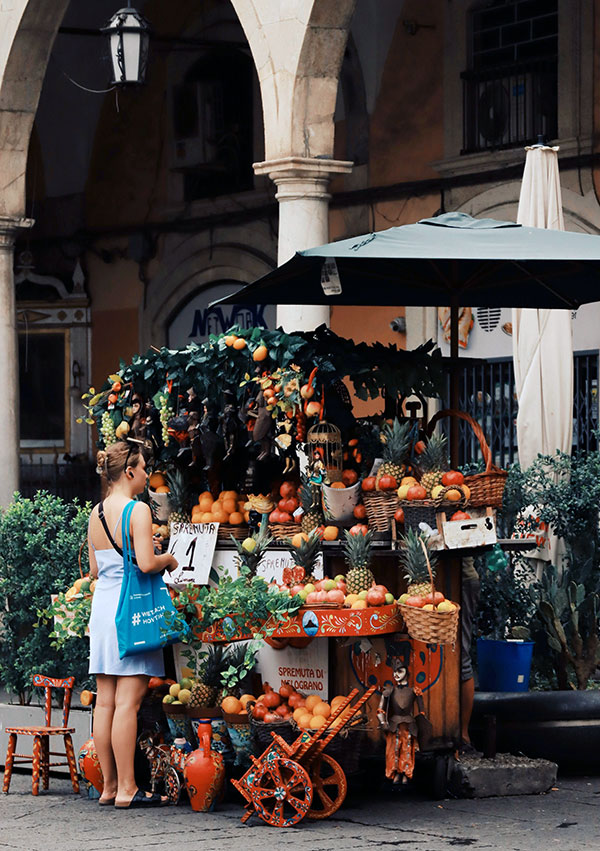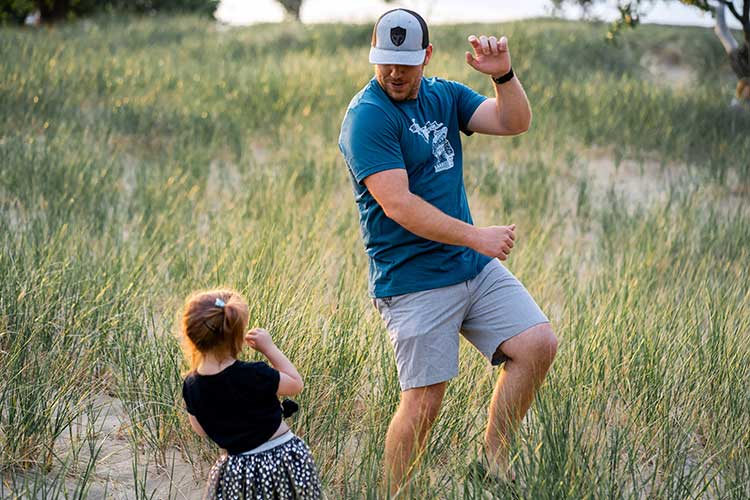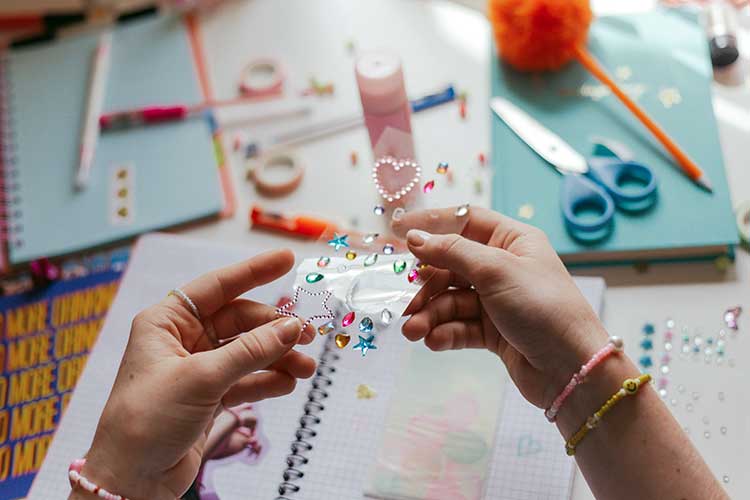No Gastric Downtime While Traveling Abroad
LifeSkills Academy Blog
Check back often to find interesting information and updates.
No Gastric Downtime While Traveling Abroad
Written by: Sandi MacCalla – Founder, LifeSkills Academy – 6/16/2025
Food adventures abroad bring excitement and new flavors, but they can also sneak in unexpected health risks. While trying local dishes is a highlight of traveling, smart dining choices help avoid spending precious vacation days nursing upset health instead of exploring.
Your digestive system may not handle certain foods the same way locals do, especially in places with different food safety standards. Many travelers jump right into anything that looks good—only to regret it later. A little awareness can save you from discomfort and keep your travels enjoyable.
Know Before You Bite: High-Risk Foods
Some foods require extra caution when traveling. By understanding the risks, you can make informed decisions that balance food exploration with health safety.
Lukewarm Soups
A steaming-hot soup is your safest bet, but once it cools to room temperature, it turns into a breeding ground for bacteria. Some food stalls keep soups at unsafe temperatures, adding ingredients throughout the day—a practical method for vendors but risky for travelers.
Safer alternative? If you're unsure, opt for freshly heated soups or chilled options like gazpacho.
Tap Water & Ice Cubes
Drinking tap water abroad can quickly derail your trip. Water treatment varies across countries, and even if locals drink from the faucet without issue, travelers often experience stomach troubles.
Safer alternative? Stick to bottled water, including brushing your teeth, and politely decline ice cubes unless they come from purified sources.
 Street Vendor Ice & Frozen Treats
Street Vendor Ice & Frozen Treats
A refreshing iced drink sounds perfect on a hot day, but ice from street vendors is often made with unfiltered water.
Safer alternative? Choose bottled or canned beverages chilled in a refrigerator. If frozen treats tempt you, opt for pre-packaged ones from trusted stores.
Unwashed & Unpeeled Fruits
Fruits sold by street vendors seem like a healthy choice, but they may carry bacteria, pesticides, or parasites that your system isn’t accustomed to.
Safer alternative? Select fruits with protective peels, like bananas or oranges, or wash fruits thoroughly with bottled water.
Shellfish & Raw Seafood
Who doesn’t love a plate of fresh mussels or shrimp? Unfortunately, shellfish demand strict handling and storage. Tropical destinations often lack refrigeration standards you’re familiar with. Raw or undercooked shellfish can harbor bacteria and viruses, causing serious food poisoning.
Safer alternative? Skip shellfish unless you're dining at a high-end restaurant with outstanding reviews. Otherwise, opt for fully cooked seafood dishes that reduce risks without sacrificing flavor.
Raw Oysters
Glistening raw oysters on ice may seem tempting at seaside restaurants, but they come with hidden dangers. Warm waters, inconsistent monitoring, and local variations in food safety standards can make raw oysters risky—potentially exposing you to vibrio bacteria, hepatitis A, or norovirus.
Safer alternative? Try chargrilled oysters or Oysters Rockefeller. Heat kills harmful microorganisms while preserving that delicious briny taste.
Raw Fish
Sushi and sashimi require precise storage and hygiene, but not all restaurants follow the same safety measures. Poor handling can lead to bacterial contamination or parasitic infections—turning a dream vacation into an unpleasant hospital visit.
Safer alternative? Look for reputable restaurants with clear food safety certifications and opt for cooked fish dishes when in doubt.
Raw Sprouts & Fresh Salads
Sprouts thrive in warm, moist conditions that encourage bacteria like E. coli and Salmonella. Likewise, fresh salads may be washed in contaminated water or handled improperly, making them a hidden health hazard.
Safer alternative? Stick to cooked vegetables, stir-fried sprouts, or well-washed greens from reputable establishments. If you must indulge in raw salads, choose high-end restaurants with strict hygiene standards.
Reheated Rice & Room-Temperature Buffets
Cooked rice stored at unsafe temperatures can breed Bacillus cereus, a bacteria known to cause severe food poisoning. Similarly, buffets—especially in hot climates—often struggle with proper food storage, leaving dishes in the "danger zone" (40°F–140°F).
Safer alternative? Opt for freshly cooked rice and skip buffets where food sits for extended periods without temperature control.
Bushmeat & Unpasteurized Dairy
Bushmeat, a traditional food in some regions, carries serious health risks—including exposure to viruses that jump from animals to humans. Similarly, unpasteurized dairy products can harbor Listeria, E. coli, and Salmonella.
Safer alternative? Avoid bushmeat entirely, both for health reasons and ethical concerns surrounding endangered species. When it comes to dairy, choose pasteurized alternatives for a safer experience.
"Travel is the only thing you buy that makes you richer." — Anonymous
Closing Thoughts: Eat Smart, Travel Well
Food is a vital part of cultural exploration but knowing when to proceed with caution ensures that you savor your trip without unpleasant, surprise interruptions. Choose well-reviewed eateries, prioritize fully cooked meals, and keep bottled water handy. With a little awareness, you can enjoy incredible flavors while keeping your adventures stomach-friendly.
For more insights into safe dining while traveling, check out these resources:
- CDC Traveler’s Health: Food & Water Safety
- 10 Foods to Avoid When Traveling Abroad: A Guide to Safe Eating - OAL Travel Network
At LifeSkills Academy, we're dedicated to equipping individuals with proven life skills. We invite you to explore our classes and join our community of continuous learners. Sign up for newsletters and class notices to stay informed about valuable life skills content. Together, let's build a foundation for success in our lives and our world.
Most Recent Posts ...
Posted on: 12/8/2025
Posted on: 12/1/2025
Posted on: 11/24/2025
Posted on: 11/17/2025
Search All Blog Posts
Blog Post Archive Categories
- Learn Essential Kitchen Skills and Build Cooking Confidence in Cold Weather
- Harvesting Good Habits: Start Small and Grow Big
- Preparing Your Finances Before the Holidays Hit!
- Healthy Routines to Beat Winter Seasonal Blues
- The Power of Gratitude to Last All Year
- Gifting What Matters: Time, Talent & Treasures That Touch the Heart
- Halloween Etiquette: Teaching Respect and Community Spirit
- Words of Wisdom: Traveling 2024
- Thankful Thursdays
- My interview with Dennis Pearce




